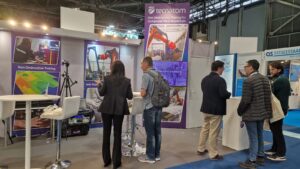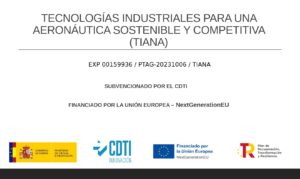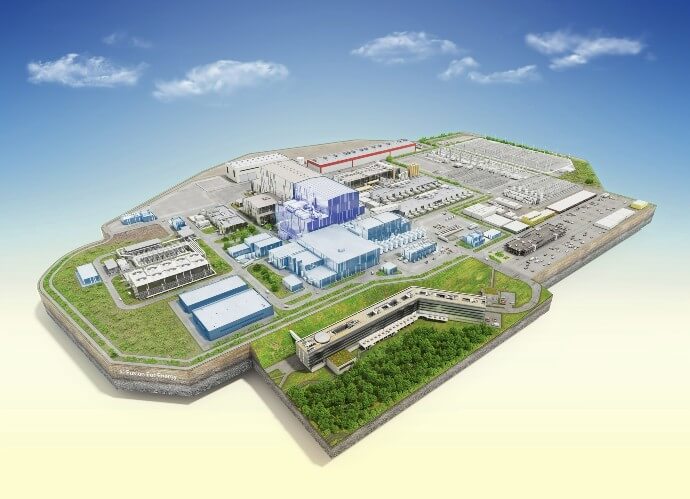Recent simulation tools allow us to anticipate and increase our knowledge of responses to complex scenarios. In the field of Non-Destructive Testing (NDT), simulation takes on special importance through its use in various critical areas such as the aeronautical, nuclear, industrial, healthcare and military sectors, where the levels of safety and quality involved require particularly demanding inspections as regards its implementation, tuning and validation.
The simulation applications in Non-Destructive Testing provide a number of advantages in the design, preparation and performance of inspection services. Among other things, they allow for the following:
- Identification of critical issues of the inspection.
- More accurate understanding of the behaviour, form and distribution of inspection parameters along the test piece.
- Prevention of risk during the productivity of a system.
- Significant reduction of non-scheduled new inspections.
- Reduction of operating costs, either during design or in the maintenance stage, proposing alternatives for optimisation.
In addition, these simulation techniques provide much greater advantages when is taken synergies arising from several decades of experience that have made us an international reference in Non-Destructive Testing. This allowing us to obtain maximum value from simulation, designing the simulated scenarios, analysing the results and verifying the conclusions through experimental comparison.
Among other benefits, the use of new simulation computer programmes such as CIVA and the experience gained in the field of NDT make it possible to reduce the time and cost associated with traditional developments based on experimental tests performed on coupons and mock-ups manufactured specifically for each situation.
Simulation applications
Simulation has an enormous number of applications in the field of NDT:
- Components in the nuclear sector
- Thermal power plant turbines
- Behaviour of anisotropic materials
- Welds
- …
Fundamentally, simulations may be performed on any component for which there is a need to establish or optimise a new inspection technique.
Likewise, these technologies are applied to the development of inspection techniques, the optimisation of processes and the validation and qualification of procedures. At Tecnatom we have carried out numerous projects in this field, as an example:
-
Inspection of nozzles from the outside
Nozzles are sections of water or steam piping belonging to the cooling circuit of a nuclear reactor, installed between the vessel or steam generator and the rest of the system. They are characterised by their presenting a very different thickness between the base component and the nozzle itself. Using simulation techniques, it is possible to stablish the optimum positioning of the ultrasonic probe in order to perform their inspection in accordance with the ASME Code methodology.
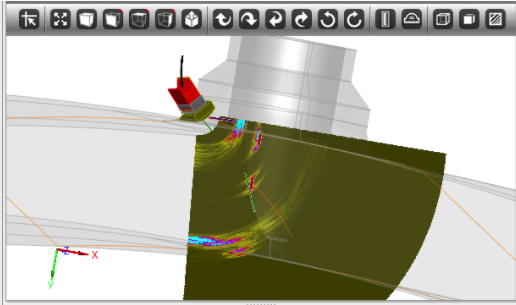
-
Turbine blade root inspection
In electricity generating steam turbines, one of the areas that most degradation suffers during operation is the area in which the blades join with the crown in which they are keyed in order to rotate jointly with the rotor shaft. In this case, the simulation has helped us to determine the optimum way to inspect the crown blade roots of the last stage of the turbine.
-
Ultrasonic behaviour of anisotropic materials
In industry it is common to find joints between materials with different properties. When this type of joint is welded, it is known as dissimilar welding and normally entails complicated inspection using traditional ultrasonic techniques (conventional or phased-array). In these cases, simulation has allowed us to develop advanced phased-array techniques such as the “Total Focusing Method” (TFM) and “Full Matrix Capture” (FMC), two technologies by means of which the results of inspections performed on elements of complex geometry or composition using conventional probes are improved.
Are there simulations beyond ultrasonics?
The ultrasonic method is the most advanced as regards simulations, but there are others that may benefit clearly from these tools, such as eddy currents or radiography:
-
Simulation for the design of ET coils
The progress made in complex eddy current inspection tasks implies the continuous development of new probes designed especially for the materials to be inspected and the detection objectives to be achieved.
The simulation application allows us to gain insight beforehand into the performance of a given probe on a given material.
-
Simulation for gammagraphy inspections
Simulation technologies also allow us to study the most efficient way of undertaking radiographic inspections.
The suitable selection of parameters such as the gammagraphy source type, the ideal power of radiography equipment, determination of the ideal position for the source, the placing of penetrometers or the exposure time will allow us to clearly improve the efficiency of these processes.
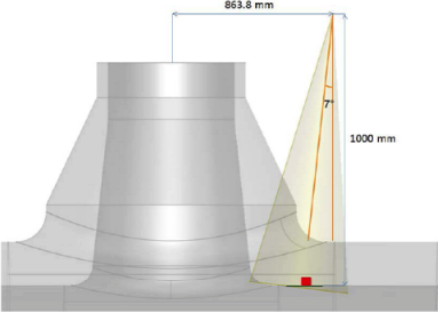
How can we help you from Tecnatom?
Simulation is a powerful tool to be used prior to inspection; it helps to select or reject probes and inspection parameters by the definition of the defects in the mock-ups to be inspected.
In other words, it makes it possible to analyse the way in which the ultrasonic beam or eddy current field is capable of scanning the defect target area, whether it is capable of inspecting 100% of the component or whether the probe is the right size for an inspection. This type of solutions justifies the use of simulation through time saving and in the inspection itself.
On the basis of our more than 15 years of experience in NDT through the use of simulation tools in ultrasonic and eddy current inspection projects, Tecnatom is in a position to help you with the following:
- Definition of probes and their optimum operating conditions.
- Design of reference and calibration blocks.
- Definition and establishment of inspection plans.
- Validation of procedures by means of theoretical evidence.
- Analysis of complex geometry components.
Authors: Covadonga Garcia Ramos and Amador Sillero.




